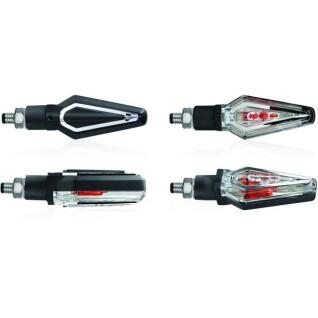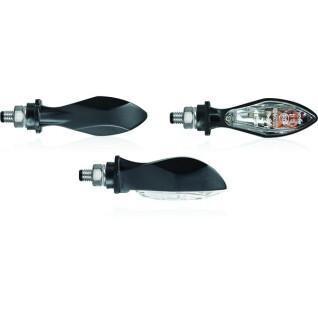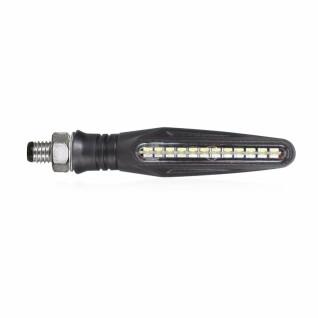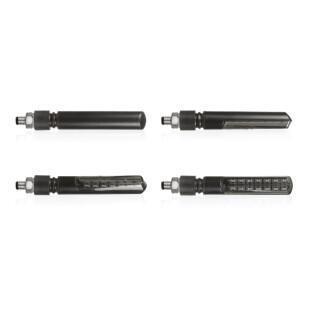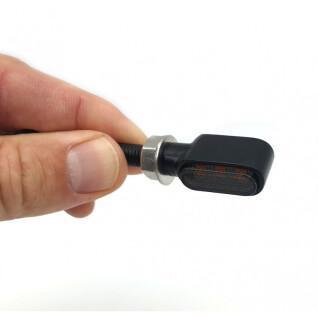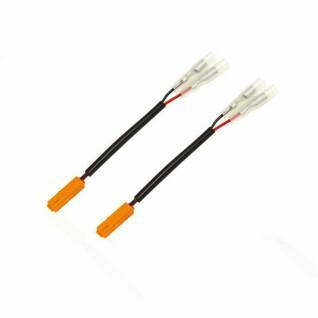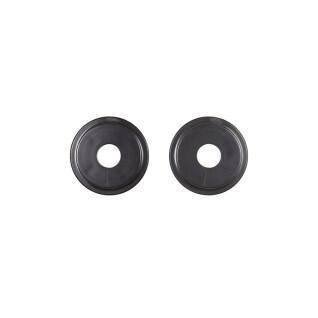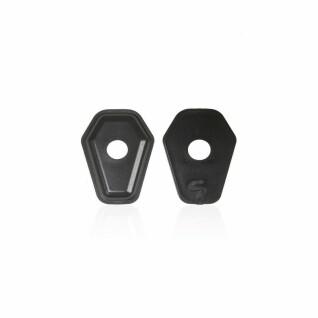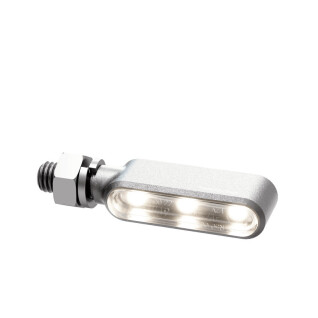Motorcycle turn signals
Customize your motorcycle to your image with our LED and bulb turn signals at look.
-
24h
-
24h
-
24h
-
24h
-
24h
-
24h
-
24h
-
24h
-
24h
-
24h
-
NEW
-
24h
-
24h
-
24h
-
24h
-
24h
-
NEW
-
24h
-
NEW
-
NEW
-
NEW
-
NEW
-
NEW
-
NEW
-
NEW
-
NEW
-
NEW
-
NEW
-
NEW
-
NEW
-
NEW
-
NEWHighsider
Motorcycle front led turn signals Highsider Rocket Bullet 2en1 [Size 45 mm]
£120.69
£111.45
-
NEW
-
NEW
-
NEW
-
NEW
-
NEW
-
NEW
-
NEW
Installing resistors when changing indicators depends on 2 parameters:
- the power of the original blinkerorigine
- The power of the adaptable flasher to be fitted.
The power difference will be compensated for by the resistor, so that the new flasher works optimally.
Example: let's take a turn signal with a bulb fromorigine developing 21W and a sequential LED LIGHTER turn signal ref. IN1126.
The power difference is 21W - 2.4W = 18.6W per flasher.
With the engine running, the alternator delivers a voltage of around 13.5V.
Here we're looking for the resistance to compensate for the 18.6W power.
The Ohm's Law formula is: R (resistance) = V (voltage)²/P (power).
This gives us R=V²/P=13.5²/18.6=9.80 Ω
All you need to do is fit a 10 Ω resistor (ref. IN820) on each flasher to ensure correct operation.


